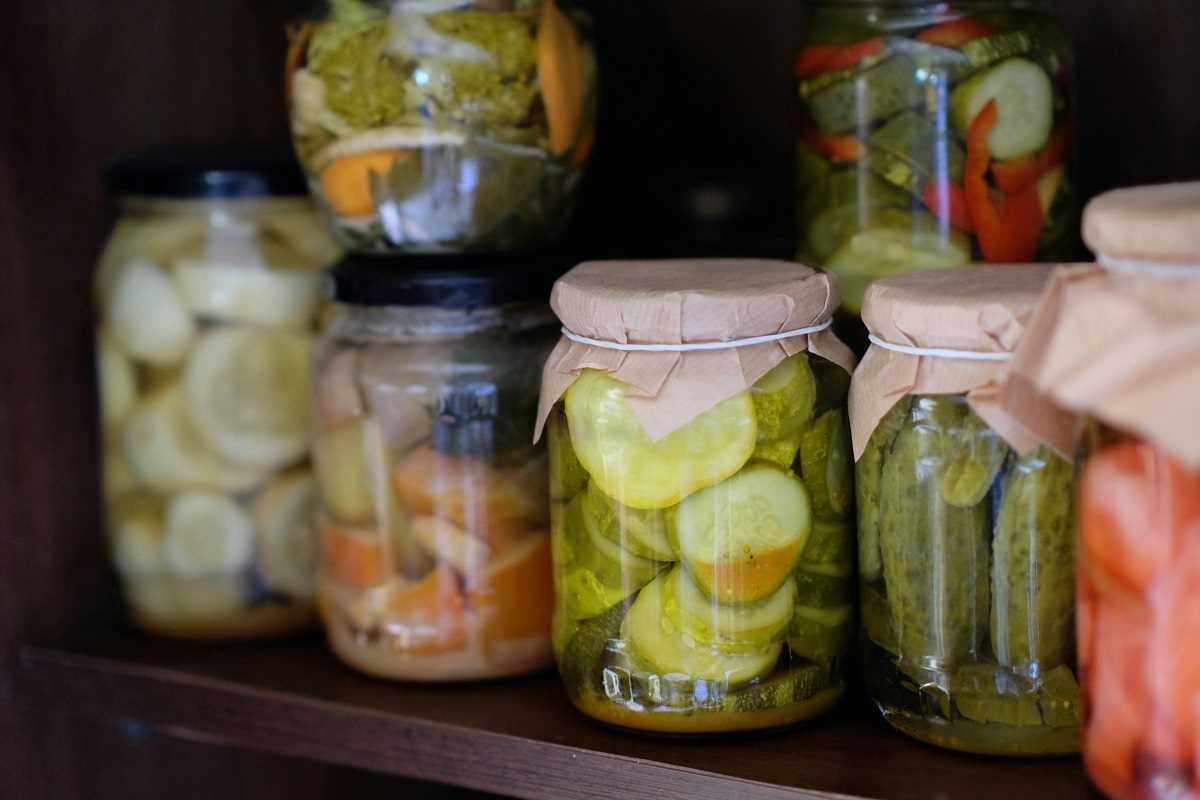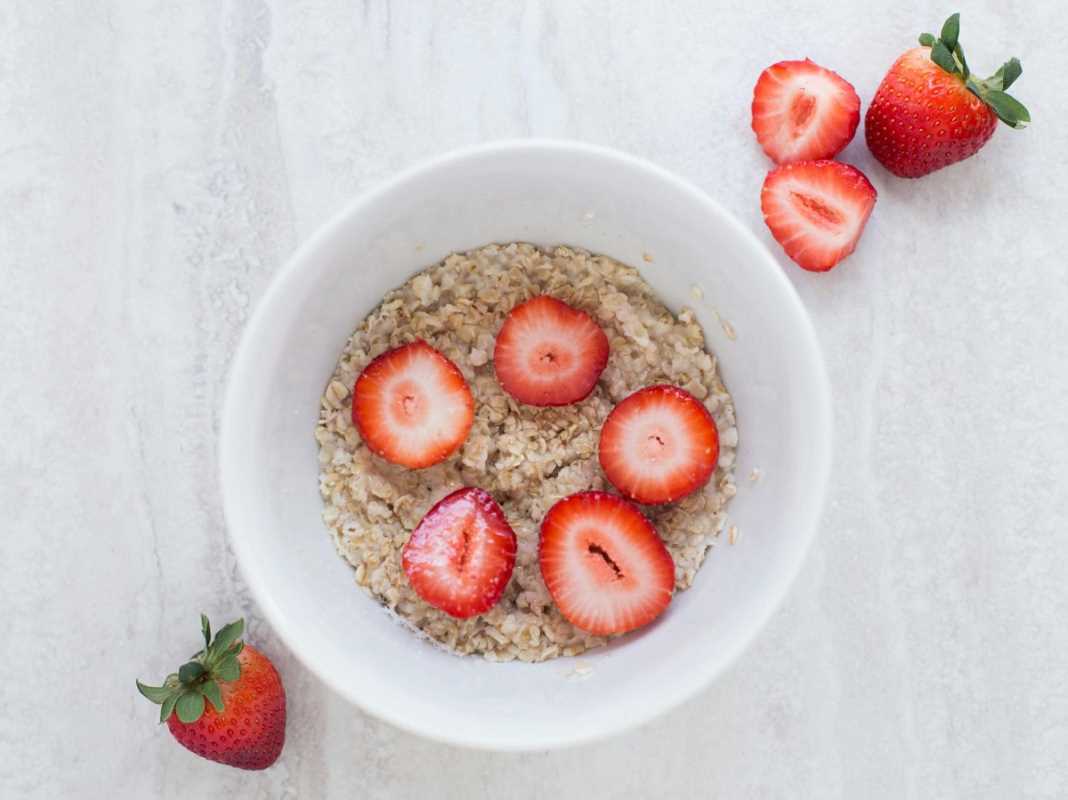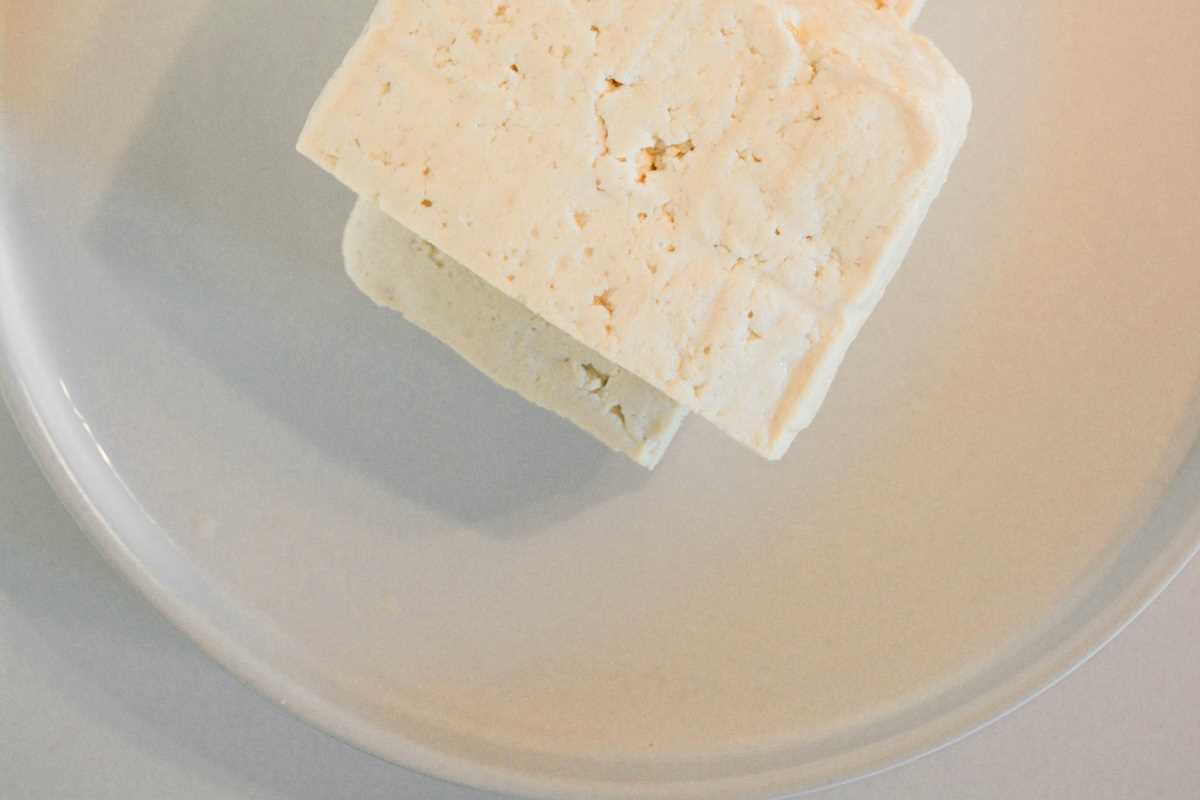Fermented vegetables are a tasty, natural way to boost your gut health while adding zingy flavors and textures to your meals. Packed with probiotics and gut-friendly nutrients, fermented veggies like sauerkraut, kimchi, and pickled carrots offer more than just a tangy kick. They help improve digestion, strengthen the immune system, and even enhance nutrient absorption. Plus, making fermented vegetables at home is easier than you might think!
This guide will walk you through the benefits of fermentation, step-by-step instructions to ferment vegetables, and tips for beginners. You'll also discover creative ways to incorporate these gut-healthy veggies into your meals.
Why Fermented Vegetables Are a Gut Health Superfood
Fermentation is an ancient preservation technique that involves using natural bacteria to break down sugars and create lactic acid. This process not only helps preserve food but also makes it rich in probiotics, which are beneficial bacteria that support your gut health.
Key Benefits of Fermented Vegetables
- Rich in Probiotics: Probiotics help maintain a healthy gut microbiome, which is essential for digestion and overall well-being.
- Improved Digestion: Fermented foods support the breakdown of food in your stomach, aiding in better nutrient absorption.
- Boosts Immunity: A healthy gut is closely linked to a strong immune system. Probiotics play a crucial role in keeping illness at bay.
- Vitamin-Rich: The fermentation process enhances the levels of certain vitamins, like B vitamins and vitamin K, in vegetables.
Whether you're looking to add more probiotics to your diet or reduce food waste, fermenting your own veggies is well worth the effort.
Getting Started with Vegetable Fermentation
Making fermented vegetables at home is simple and requires just a few basic ingredients and tools. Here’s everything you need to know to start your fermentation adventure.
Ingredients Needed
- Fresh vegetables (cabbage, carrots, radishes, cucumbers, or your favorites)
- Non-iodized salt (like sea salt or kosher salt)
- Filtered water (tap water may contain chlorine, which can disrupt fermentation)
Tools You’ll Need
- Mason jars or fermentation crocks
- Weights or a smaller jar to press the vegetables down
- Cheesecloth or jar lids with airlocks
- A clean kitchen knife or mandoline for chopping
Step-by-Step Guide to Fermenting Vegetables
1. Prepare Your Ingredients
Wash your vegetables thoroughly to remove any dirt or debris. Depending on the type of vegetable, you can shred, slice, or leave them whole. For example, cabbage is best shredded for sauerkraut, while carrots can be sliced into sticks or disks for pickling.
2. Make a Brine
The brine is a saltwater solution that promotes fermentation while keeping harmful bacteria at bay. Use a ratio of 1 tablespoon of salt per 2 cups of water. Stir until the salt dissolves completely. For sauerkraut, salt is usually massaged directly into the shredded cabbage to release its natural juices, creating its own brine.
3. Pack the Vegetables
Place your vegetables tightly into a sterilized jar or crock. Pack them down firmly to eliminate air pockets. Pour the brine over the vegetables until they are completely submerged. Leaving vegetables exposed to air could cause spoilage, so it’s essential to cover them fully.
4. Add a Weight
Use a fermentation weight or a smaller jar to press the vegetables under the brine. This step ensures they stay submerged as they ferment.
5. Cover the Jar
Cover the jar with a clean cloth secured with a rubber band or use a jar lid with an airlock. This allows gases to escape while preventing contaminants from getting in.
6. Ferment
Place the jar in a cool, dark spot (60–75°F is ideal). The vegetables will start to ferment over the next several days to weeks, depending on the type. Sauerkraut usually takes about 1–2 weeks, while kimchi may take less time. Check daily to ensure the veggies stay submerged and skim away any foam or bubbles on the surface.
7. Taste Test
After 5–7 days, begin tasting your vegetables. When they reach your desired level of tanginess, transfer them to the fridge to slow the fermentation process. Fermented veggies can last for several months when refrigerated.
Popular Fermented Vegetable Recipes
Sauerkraut (Fermented Cabbage)
- Ingredients: 1 medium cabbage, 1 tbsp salt
- Instructions: Shred the cabbage, sprinkle with salt, and massage until it releases juices. Pack into a jar, add weights, and ferment for 1–2 weeks.
Kimchi (Spicy and Crunchy Fermented Veggies)
- Ingredients: 1 Napa cabbage, 1/4 cup salt, 3 radishes (julienned), 2 tbsp Korean chili flakes, 1 tbsp minced garlic, 1 tsp ginger, 1 tbsp vegan fish sauce or tamari (optional)
- Instructions: Salt and soak cabbage overnight. Mix radishes, chili flakes, garlic, ginger, and tamari into a paste. Coat cabbage with the paste, pack into jars, and ferment for 3–7 days.
Pickled Carrots
- Ingredients: 4 carrots (cut into sticks), 1 tbsp salt, 2 cups water, seasonings (optional, like garlic or dill)
- Instructions: Mix brine, pack carrot sticks into a jar, and pour brine over them. Add seasonings and ferment for 5–7 days.
Tips for Successful Vegetable Fermentation
- Start Simple: Begin with easy veggies like cabbage or carrots before experimenting with more complex recipes like kimchi.
- Use Quality Ingredients: Fresh vegetables and good-quality salt are crucial for great results.
- Maintain Cleanliness: Sterilize all tools and jars to avoid introducing harmful bacteria.
- Taste as You Go: Everyone’s tangy tolerance is different! Fermentation times can vary depending on personal taste and environmental conditions.
- Label Your Jars: Note the start date on each jar so you can track the fermentation process.
How to Enjoy Fermented Vegetables
Don't just limit fermented vegetables to the side of your plate. They’re incredibly versatile and can be incorporated into almost any meal. Here are some ideas to try:
- Tacos: Add a few spoonfuls of kimchi or pickled carrots for a tangy twist.
- Buddha Bowls: Top a bowl of grains, roasted veggies, and tofu with sauerkraut for probiotics and crunch.
- Sandwiches and Wraps: Use fermented veggies as a spread or filling for added flavor.
- Salads: Toss some pickled carrots or radishes into salads for a pop of acidity.
- Breakfast: Pair sauerkraut with avocado toast or as a side to a tofu scramble.
- Snacks: Enjoy straight from the jar as a zesty, low-calorie snack.
 (Image via
(Image via





